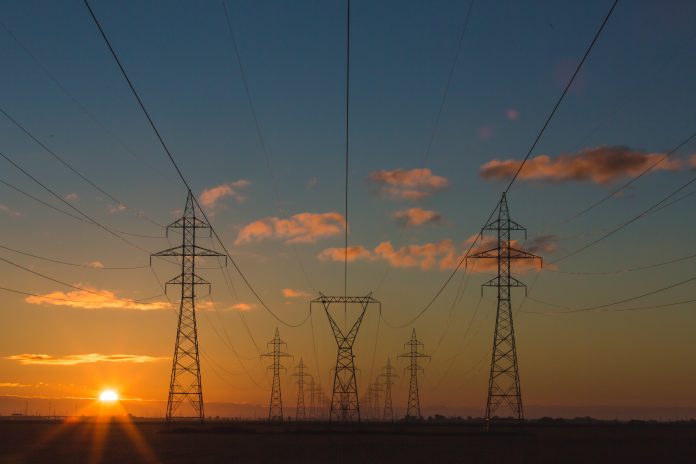A Quick Guide to Transmission Lines and Transmission Switching
Transmission Lines
Basically, transmission lines are something that is used for the purpose of transferring power over long distances. These transmission lines are made for the purpose of transferring energy from powerhouses to the substations along with their long conductors and thick wires. Moreover, they manage to produce large amounts of power with high voltage. In this blog, you will be knowing A Quick Guide to Transmission Lines and Transmission Switching.
It is considered that the high voltage capability allows transmission lines to hold the potential of transferring power and electricity from one side of the nation to another. For this purpose, countries use interstate connections in order to build transmission lines between their states.
Mostly, transmission lines are the ones that overhang on long towers that are about 50 to 100 feet in size. These towers are considered costly that carry about 1.5 MV or more. For this purpose, countries also design transmission lines to be laid underwater with less voltage capacity to transfer power effectively.
Furthermore, transmission lines are considered as bidirectional, meaning they can go both ways. This particular bidirectional feature allows them to balance the power grid in a more appropriate manner to different towers.
In this write-up, we have also described various types of transmission lines that are used around the world. But first, let’s just look at what transmission switching is.
Transmission Switching
Simply, a switch is an element that helps in directing the power from one conductor to the other. It impacts the conducting path from both sides. These switches come with variation in their configuration and can also be operated manually. There are some that control multiple components with a single knob and then there are some that operate simultaneously, sequentially or alternatively.
Transmission switching, in accordance with transmission lines, was built as a controlling mechanism. With the help of transmission switching, the voltage capacity and line overloading can be operated systematically and effectively. These are known as power systems.
It is considered that transmission line switching is highly useful and efficient along with being cost-effective. These switches fulfill the reliability requirements and increase the economic and operational efficiency of the nations.
There are three main types of transmission line switching that are used worldwide.
1. Short Transmission Line
As the name suggests, these transmission lines are short in length (about 80 kilometers long) and have a voltage capacity of 69 kilovolts. The capacitance effect of these lines is trivial because of its current leakage. Mainly, these lines are used when the wavelength of transmitted frequencies are less.
2. Medium Transmission Line
The medium transmission lines carry around 130 to 135 kilovolts in them and are considered to be less than 250 kilometers in length. In medium transmission lines the wavelength frequency, capacitance, resistance, and inductance are distributed equally.
3. Long Transmission Line
The long transmission line has an effective length of 250 kilometers where the line constants are equally distributed over its entire length. Unlike the former models of transmission lines, long transmission ones have a higher and much effective circuit length capacity in them. Also, the line parameters in long transmission lines are not lumped which ultimately makes them more effective.









